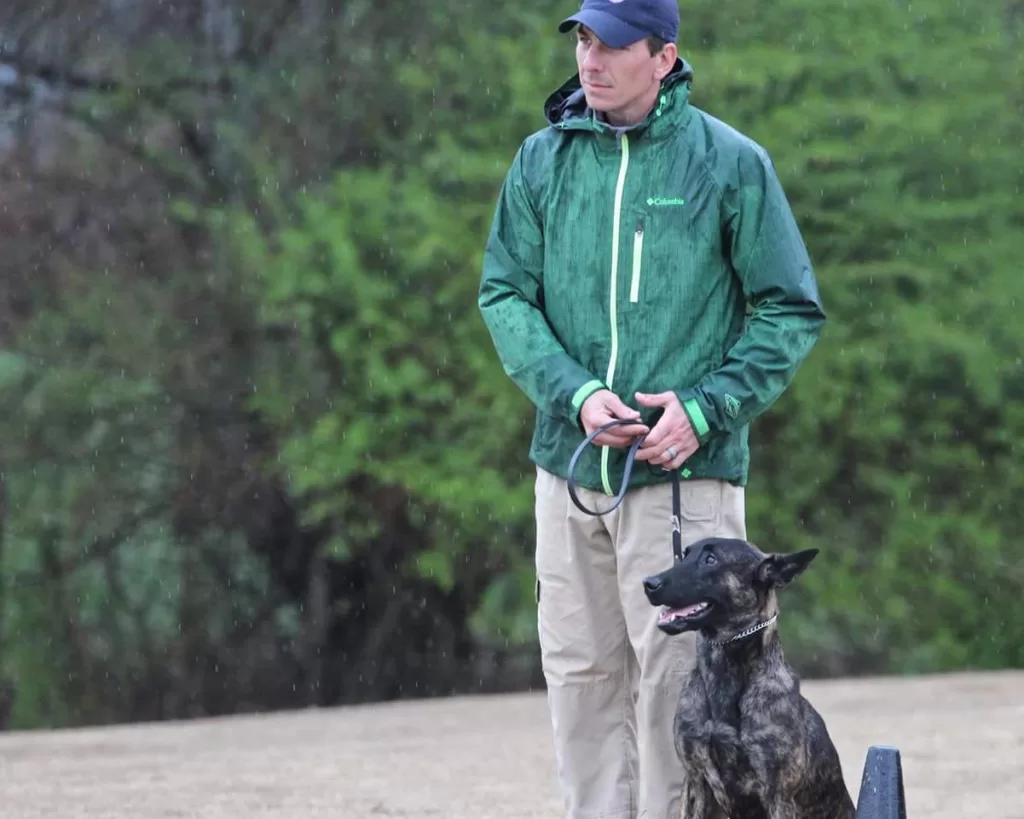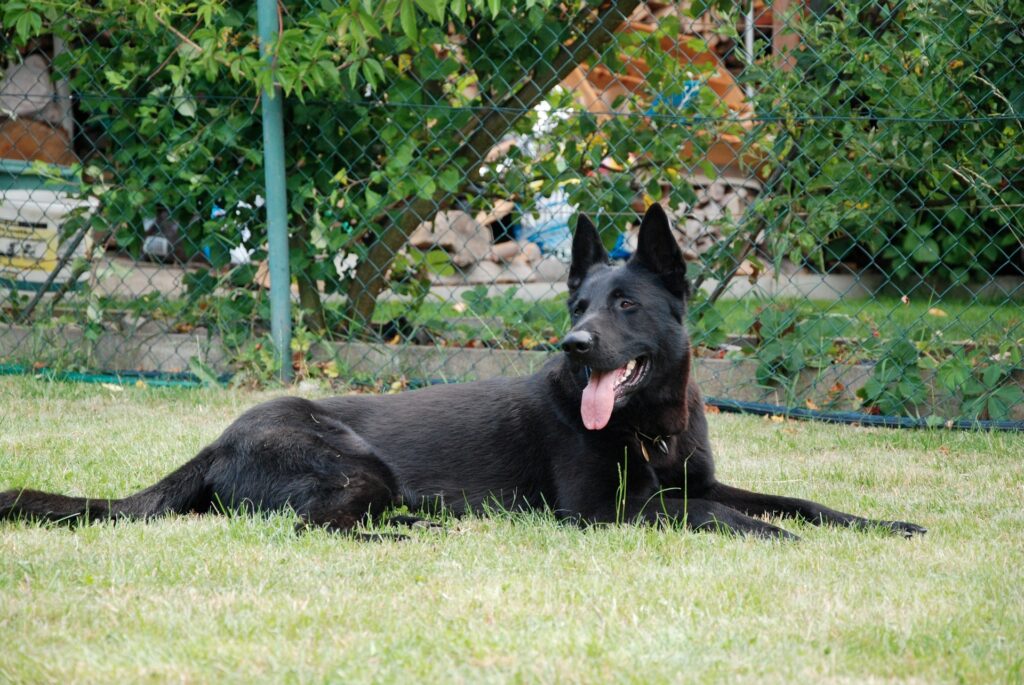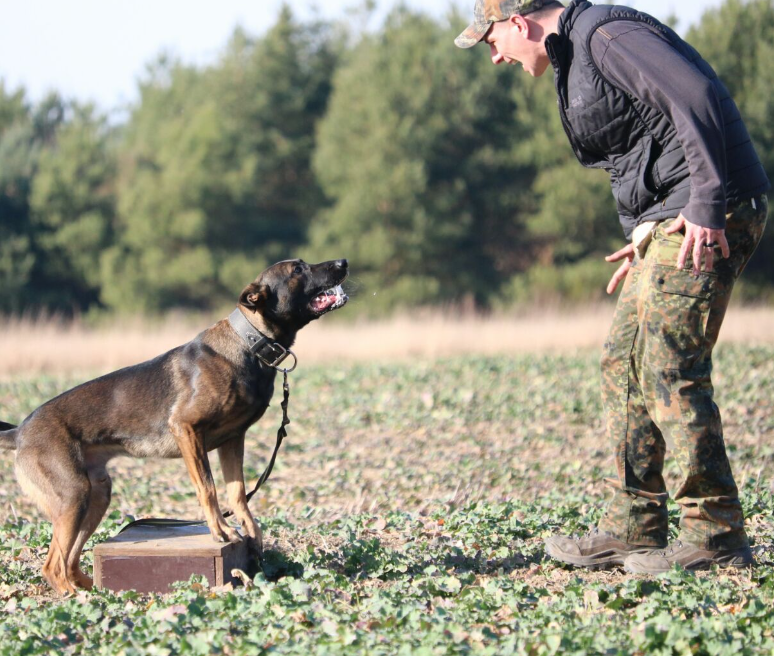
Introduction:
Walking your dog is not only a necessary part of their physical exercise routine but also a valuable bonding experience. However, if your dog constantly pulls, lunges, or zigzags during walks, it can turn a pleasant stroll into a frustrating and exhausting ordeal. Teaching your dog to walk nicely on a leash is a skill that requires patience, consistency, and positive reinforcement. In this blog post, we will guide you through effective techniques to train your dog to walk politely on a leash, making your walks more enjoyable for both of you.
Start with Proper Equipment:
Before you begin leash training, ensure you have the right equipment. Choose a well-fitting collar or harness and a sturdy leash. Avoid using retractable leashes as they encourage pulling and lack control. A standard leash length of 4 to 6 feet is ideal for maintaining control and teaching your dog leash manners.
Teach Basic Obedience Commands:
Having a foundation of basic obedience commands will greatly aid in teaching your dog to walk nicely on a leash. Commands such as “sit,” “stay,” and “heel” are essential for maintaining control and ensuring your dog’s safety during walks. Practice these commands in a distraction-free environment before incorporating them into leash training.
Use Positive Reinforcement:
Positive reinforcement is a powerful tool in training your dog to walk politely on a leash. Reward your dog with treats, praise, or play whenever they exhibit the desired behavior, such as walking by your side without pulling. By associating good behavior with positive rewards, your dog will be motivated to repeat the behavior in the future.
Start Indoors:
Begin your leash training indoors or in a quiet, low-distraction area. Attach the leash to your dog’s collar or harness and let them get accustomed to the feeling of wearing it. Encourage your dog to walk alongside you using treats and praise. Keep the leash loose and allow your dog to explore while gently guiding them back to your side when they start to pull.
Practice Loose Leash Walking:
Once your dog is comfortable walking indoors, gradually transition to outdoor environments. Begin in a familiar and less stimulating area such as your backyard or a quiet park. Encourage your dog to walk on a loose leash by using verbal cues like “heel” or “let’s go” and rewarding them when they stay close to your side without pulling.
Use Direction Changes:
When your dog starts to pull on the leash, instead of resisting or pulling back, change direction abruptly. This will catch their attention and teach them that pulling does not get them where they want to go. Reward your dog when they adjust their direction and walk beside you. Consistently changing directions will help your dog learn to pay attention to your movements and maintain a loose leash.
Be Consistent:
Consistency is crucial in leash training. Establish clear rules and expectations for your dog’s behavior during walks and consistently enforce them. Reinforce good behavior with rewards and redirect or ignore undesirable behaviors. Avoid allowing your dog to pull on the leash, even if it’s just for a short distance. Consistency will help your dog understand what is expected of them and accelerate their learning process.
Gradually Increase Distractions:
As your dog becomes more proficient at walking on a loose leash in familiar environments, gradually introduce distractions. Start with mild distractions such as passing cars or other dogs at a distance and reward your dog for maintaining focus and staying by your side. Gradually increase the difficulty level by introducing more challenging distractions and environments, always reinforcing positive behavior.
Seek Professional Help if Needed:
If you’re experiencing significant challenges or struggling to make progress with leash training, don’t hesitate to seek assistance from a professional dog trainer. They can provide personalized guidance, identify any underlying issues, and offer tailored strategies to address your specific situation.
Practice Patience and Enjoy the Journey:
Remember that leash training takes time and patience. Each dog learns at their own pace, so be patient and celebrate small victories along the way. Enjoy the journey of training your dog to walk nicely on a leash, appreciating the bond that grows stronger with every successful walk.
Conclusion:
Teaching your dog to walk nicely on a leash is a rewarding endeavor that requires commitment, consistency, and positive reinforcement. By using the techniques outlined in this blog post, you can transform your walks into enjoyable and controlled experiences. Remember to start with the right equipment, practice basic obedience commands, use positive reinforcement, and gradually increase distractions. Stay consistent, be patient, and seek professional help if needed. With time and effort, your dog will learn to walk politely by your side, enhancing your bond and creating memorable adventures together.


